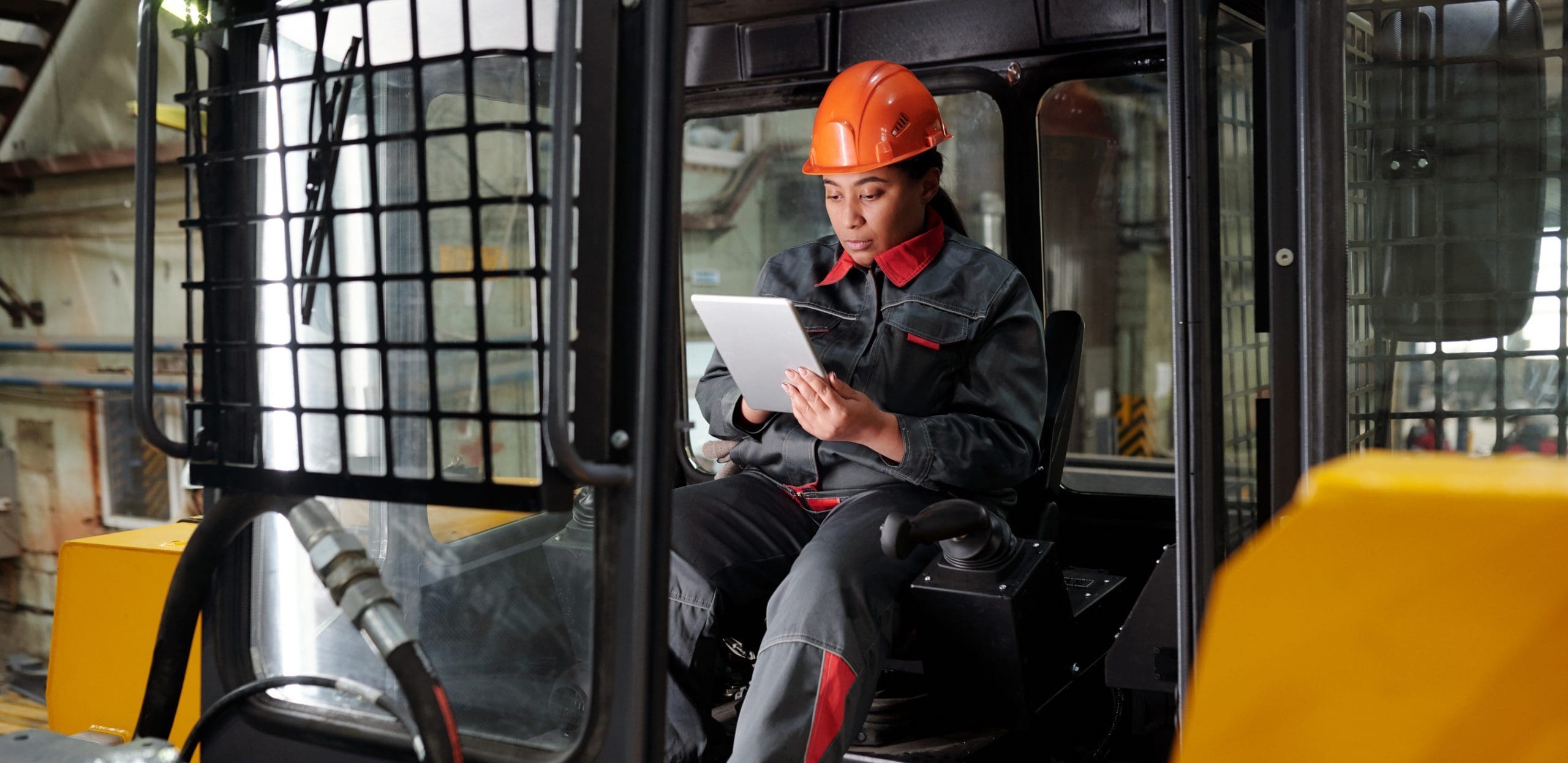
- Global supply chain challenges have impacted equipment rental companies large and small
- As a result, many rental companies have adjusted their pricing and doubled their maintenance efforts to account for increased difficulty in sourcing new equipment
- The right software can compliment these newly adopted tactics and enable rental companies to get greater value from their existing fleet
The rental equipment industry is facing a global shortage of key components and parts. Researchers say that the shortages are being caused by multiple factors, including trade tensions (particularly between the U.S. and China), natural disasters, and shifting production patterns within the industry. As a result, the availability of critical equipment for rent, including aerial lifts, generators, and construction equipment, is becoming increasingly constrained worldwide.
Association of Equipment Managers (AEM) Director of Market Intelligence Benjamin Duyck has stated that more than 95% of AEM members are experiencing supply chain issues. Rental companies are already struggling to obtain the necessary equipment due to production delays and capacity constraints. If these issues persist, it could lead to shortages and higher prices for consumers. Manufacturers must address these issues quickly to ensure that the rental equipment market continues to thrive.
How does this challenge affect equipment rental businesses?
The renting of equipment is a big business. In the United States alone, it was a $53 billion industry in 2020. A large part of this industry’s success is due to the globalization of the supply chain. By having access to equipment from all over the world, rental businesses can offer their customers a wide variety of options at a lower cost.
However, the global supply chain can also be a source of headaches for equipment rental businesses. If there is a disruption in the supply chain, finding replacement parts or expanding or replacing an entire fleet of equipment can be difficult and expensive.
There are a number of ways in which the global supply chain can affect equipment rental businesses. Perhaps the most obvious way is in terms of the cost of goods. If rental businesses rely on imported equipment, then they will be affected by any changes in the exchange rate. In addition, if there are disruptions to the supply chain (e.g., due to natural disasters), this can lead to shortages of equipment and higher prices.
Another way in which the global supply chain affects equipment rental businesses is in terms of lead times. If equipment has to be shipped from overseas, then there will be a delay between when an order is placed and when it is received. This can impact a business’s ability to meet customer demand or take advantage of sudden increases in demand.
Finally, the global supply chain can also affect the quality of the equipment that rental businesses receive. If equipment is sourced from overseas, it may not meet the same standards as equipment that is sourced domestically. This could lead to customer complaints and damage to a business’s reputation.
Rental equipment software can help rental companies tackle these challenges by making it easier to rent equipment. By using rental software, you can improve your customer service, reduce errors and omissions, and save time and money.
What can rental companies do to overcome these challenges?
Equipment rental companies are feeling the pinch of the global pandemic in terms of their bottom lines. Many have been forced to raise rates and cut costs in order to stay afloat.
One area where rental companies can make a difference is in their maintenance efforts. By leveraging service management software, rental companies can step up their maintenance efforts to make their current equipment last longer. In doing so, rental companies can avoid the need to purchase new equipment as often, which can help save money in the long run.
Additionally, by maintaining their equipment properly, rental companies can ensure that their products are always in top working condition, which can help increase customer satisfaction levels.
Ultimately, by taking advantage of service management software, rental companies can improve their bottom line while also providing a better experience for their customers.
Alleviate supply chain struggles with rental equipment software
Rental software streamlines the process of renting out and managing heavy equipment. It can help you keep track of your inventory, schedule rentals, process payments, and more. By using rental software, you can improve your customer service, reduce errors and omissions, and save time and money.
The construction industry is booming worldwide. In the United States alone, construction spending is expected to reach $1.35 trillion by the end of 2022. This growth is being driven by a number of factors, including population growth, urbanization, and the need to replace aging infrastructure.
As the demand for construction services increases, so does the demand for construction equipment. Unfortunately, the global supply of construction equipment is not keeping pace with the demand. This has led to a number of challenges for construction companies, including longer lead times for new equipment, higher rental rates, and a shortage of available equipment.
Rental equipment software can help rental companies tackle these challenges by making it easier to rent equipment. You can manage your inventory, schedule rentals, process payments, and more. By using rental software, you can improve your customer service, reduce errors and omissions, and save time and money.
Wynne Systems has developed software specifically for the rental equipment industry that tackles global supply chain issues head-on. To learn more about how our software can help your business, download our white paper.




